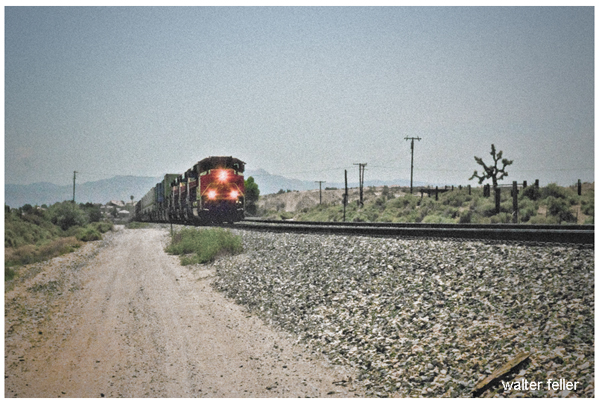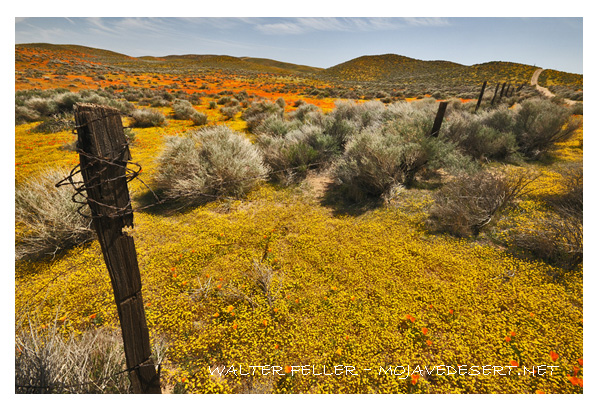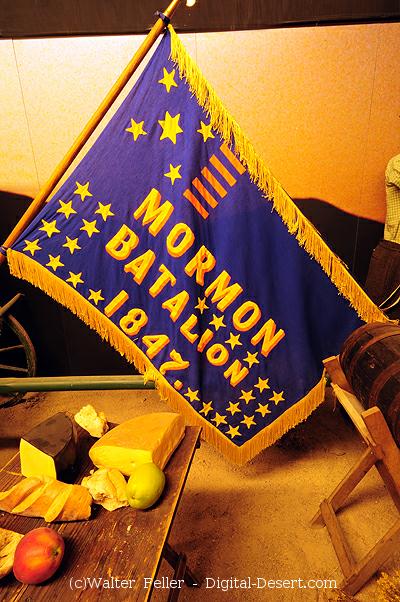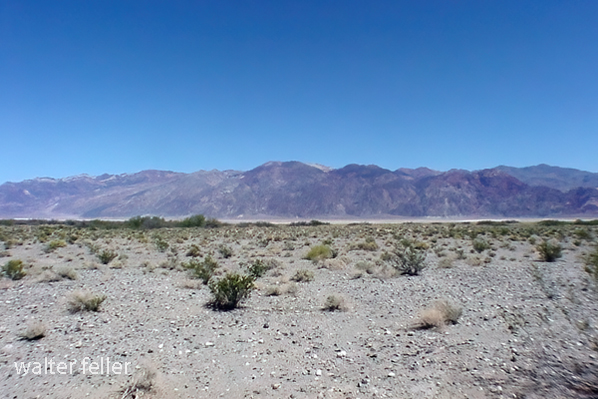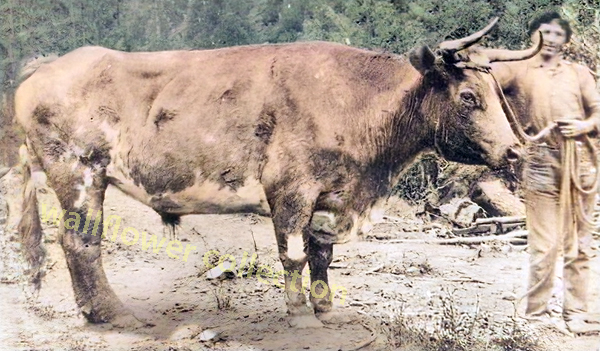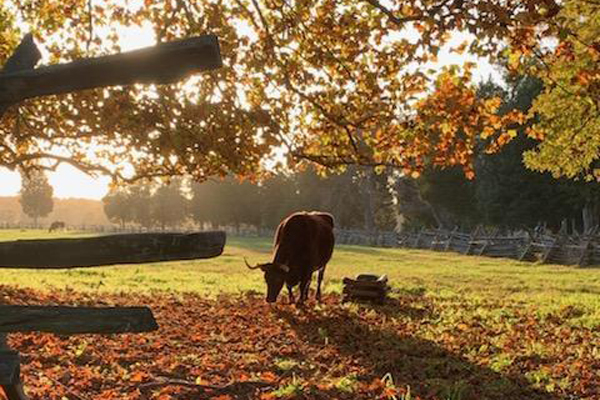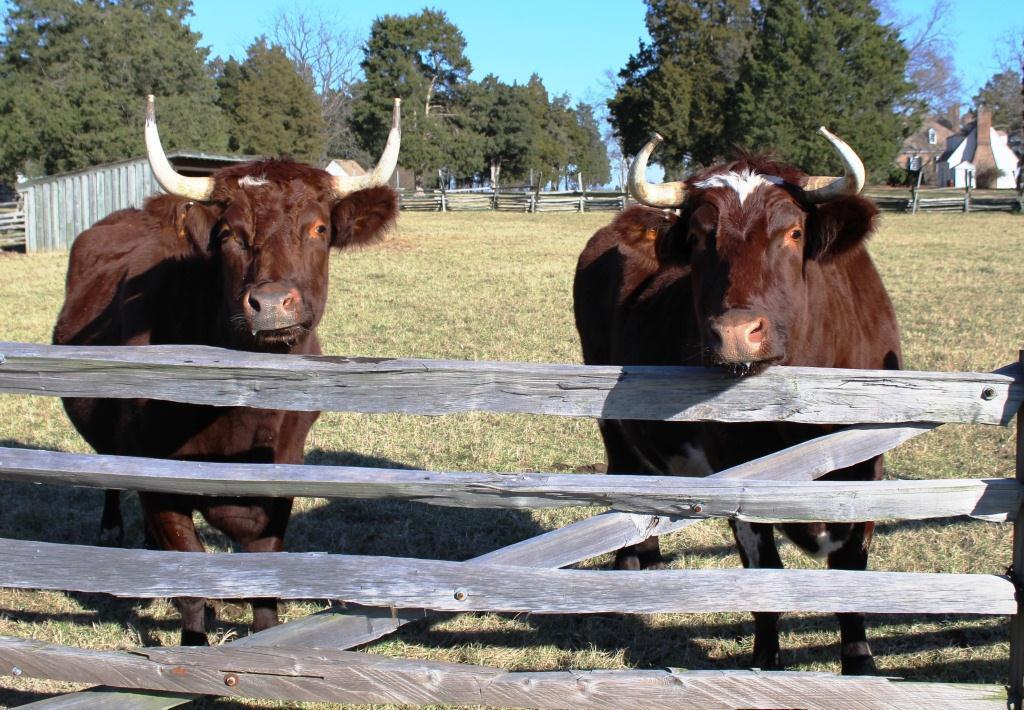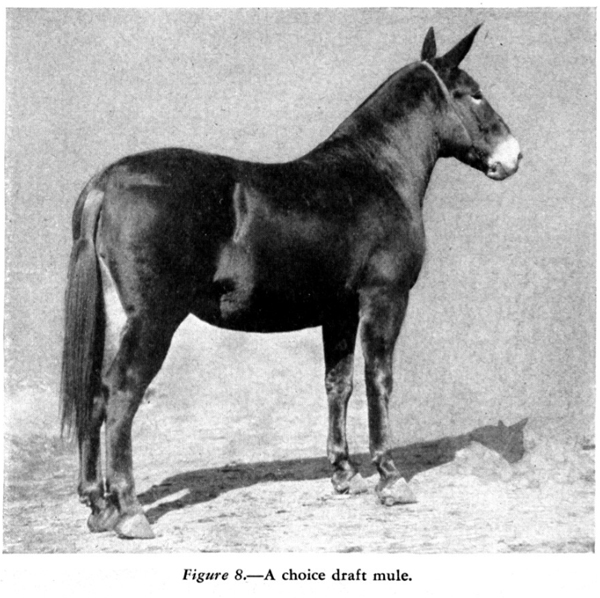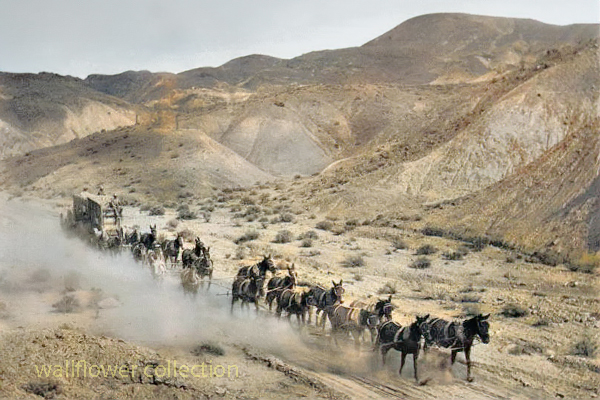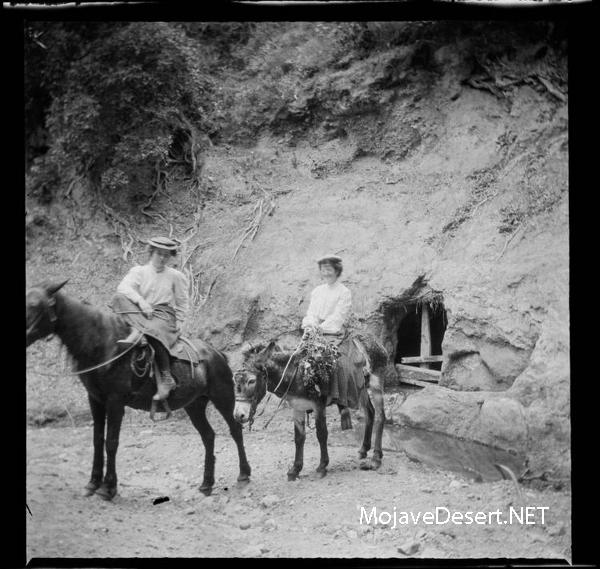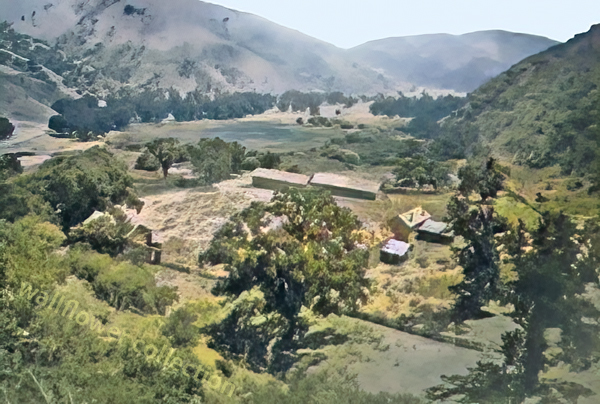Desert photography offers unique challenges and opportunities due to arid regions’ distinctive landscapes and lighting conditions. Whether you’re capturing vast dunes, rocky terrains, or desert flora and fauna, here are some tips to enhance your desert photography:
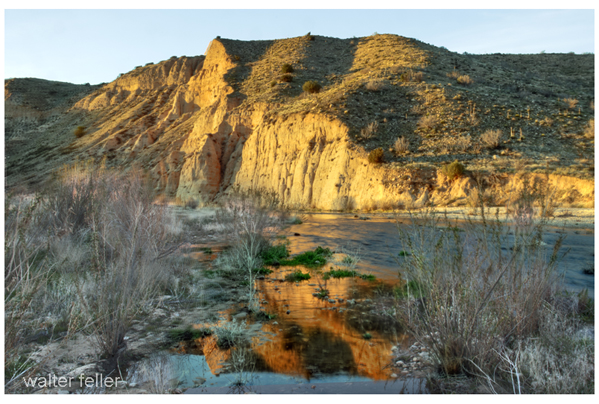
- Golden Hours: The soft, warm light during the golden hours (shortly after sunrise and before sunset) can add a magical touch to your desert photos. Shadows are longer, and the colors become more vibrant, creating a pleasing atmosphere.
- Contrast and Textures: Deserts often feature striking contrasts between sand, rocks, and the sky. Emphasize these contrasts in your compositions to create visually appealing images. Pay attention to the textures of the sand or rocky surfaces.
- Silhouettes: Use the strong sunlight to create silhouettes of desert features. This technique can be particularly effective when the sky has captivating colors during sunrise or sunset.
- Wide Angle for Landscapes: A wide-angle lens is great for capturing the vastness of desert landscapes. It lets you include expansive skies, sweeping dunes, or rocky formations in your frame.
- Macro Photography: Explore the smaller details of the desert environment with macro photography. Capture close-up shots of desert flowers, reptiles, or insects to showcase the intricacies of life in arid regions.
- Use a Polarizing Filter: A polarizing filter can help reduce glare from the sun on sand or rocks and enhance the colors of the sky. It’s particularly useful when photographing in midday sunlight.
- Capture the Night Sky: Deserts often have low light pollution, making them ideal for astrophotography. Consider capturing the night sky, stars, and celestial objects. Use a sturdy tripod and a wide aperture for long exposure shots.
- Add a Point of Interest: To give your photos a focal point, include an interesting subject such as a lone tree, a rock formation, or even a person in the vast desert landscape. This helps create a sense of scale and adds visual interest.
- Protect Your Gear: Deserts can be harsh with blowing sand and intense sunlight. Keep your camera and lenses protected when not in use, and consider using lens hoods or lens caps to prevent sand from damaging your equipment.
- Mind the Temperature: Be mindful of the temperature, especially in hot desert environments. Carry sufficient water, protect yourself from the sun, and take breaks to avoid heat-related issues.

Remember that each desert is unique, so take the time to explore and discover the specific features that make the desert you photograph special. Experiment with different compositions, lighting conditions, and perspectives to create captivating desert images.
